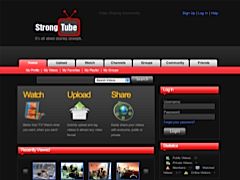 Yet another video-sharing strength site - StrongTube.
Yet another video-sharing strength site - StrongTube.
Results matching “Bird”
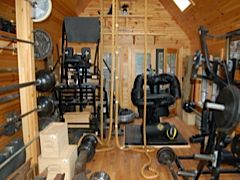 What would you have in your perfect home gym - if there were no financial or space constraints at all? Free weights, machines, kettlebells; a mix of all three perhaps? Just a large lifting platform, a bar and a pile of bumper plates?
What would you have in your perfect home gym - if there were no financial or space constraints at all? Free weights, machines, kettlebells; a mix of all three perhaps? Just a large lifting platform, a bar and a pile of bumper plates?
While you think about your own idyllic workout environment, here's a look at some of the gear I'd have in mine.
Indoors
- Power rack (buyer's guide), plates and a few bars (including a Buffalo Bar)
- A rack of fixed dumbbells
- Revolving climbing wall (such as the Treadwall)
- Rowing machine (probably one of these)
- Power squat (video)
- Back attack (video)
- Punching bags
- Assorted bands and chains
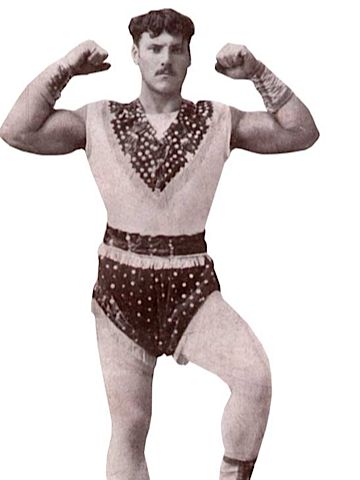
French strongman Louis Uni, better known as Apollon.
 Figure competitor Melanie Cheang.
Figure competitor Melanie Cheang.
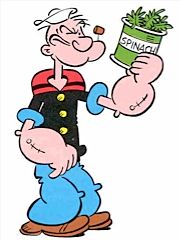 This month's collaboration with Run to Win's Blaine Moore - Things which deserve more attention - continues with a look at one of my favourite areas of training, the forearms.
This month's collaboration with Run to Win's Blaine Moore - Things which deserve more attention - continues with a look at one of my favourite areas of training, the forearms.
Whether you're after some extra mass, iron bar strength or the pumped, veiny look that Ronnie Coleman has been showing off for years; forearm training deserves to be taken seriously. This article looks at several ways to do just that.
The primary movements
The muscles of the forearms control several movements of the wrists and elbows, and the relevant exercises all move the hands or bend the arms in some way.
For the sake of simplicity, there are four primary movements to consider. Once you know what they are, it's a fairly simple matter to add weight and repeat the action. They are :
lift your hand straight back (bending at the wrist) : imagine performing push-ups, and think about the position your hands are in relative to your forearms.
press your hand directly forward (bending at the wrist) : the opposite of the above movement. Push-ups on the backs of your hands.
rotate your hands (with hands at 90deg to the wrists) : think of push-ups again, and point your fingers out to the sides; without moving your forearms. Now point them in towards each other (again without moving your forearms).
hammer : imagine hammering a nail, drinking a beer or shaking hands with someone. The arm bends at the elbow, and the hand (held vertically) bends at the wrist.
Exercises
As I mentioned above, the exercises are really only repeating the actions; with an increased level of resistance. A few ideas :
Wrist curls : these can be supported (table-top or preacher bench) or unsupported (seated or standing), using a dumbbell, barbell weight plate or any other heavy object you can hold in one hand. To perform, turn your hand so it's on its back (palm to the sky), grab your chosen object and - bending only at the wrist - lift it skyward as far as you can. As you'll quickly see, the range of motion is a tiny one (a couple of inches or less).
For a reverse wrist curl, simply turn your hand over (palm toward the ground) and perform as above. Once again, the ROM is only a couple of inches or less.
Wrist roller : one of the simplest pieces of equipment you can make for your home or commercial gym is a wrist roller. This consists of nothing more complex than a section of pipe/baseball bat/length of turned wood (I use an axe handle - without the head, of course) and a chain or cord to hold something heavy. Attach a plate or two, hold the handle at arm's length (in your best zombie pose) and roll it up as if it were a newspaper.
Using one in a commercial gym :
Also worth a look : a DIY Axle-mounted wrist roller on IronOnline
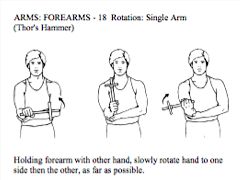 Thor's Hammer : once again, simplicity is the name of the game when it comes to forearm training. Take the collar and plates off one end of a dumbbell (leaving a couple on the other end). After making sure the other collar's on tight (long story), pick it up via the empty end and wave it around as if you're conducting an orchestra. Make sure you get a few side-to-side rotational movements in there.
Thor's Hammer : once again, simplicity is the name of the game when it comes to forearm training. Take the collar and plates off one end of a dumbbell (leaving a couple on the other end). After making sure the other collar's on tight (long story), pick it up via the empty end and wave it around as if you're conducting an orchestra. Make sure you get a few side-to-side rotational movements in there.
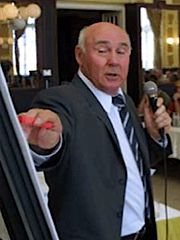 Ultimate Athlete Concepts' Yosef Johnson has a brief chat with athlete, coach and sports scientist Dr. Anatoly Bondarchuk. A good read.
Ultimate Athlete Concepts' Yosef Johnson has a brief chat with athlete, coach and sports scientist Dr. Anatoly Bondarchuk. A good read.
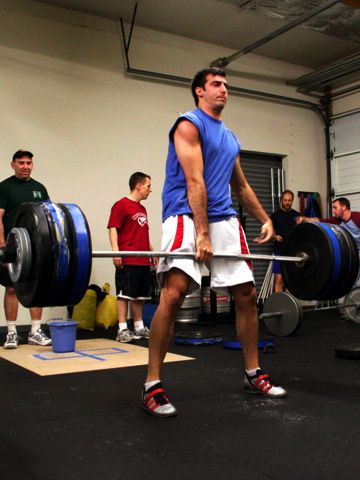
Via Eastside CrossFit : The front version of a One Handed Deadlift. Superb.
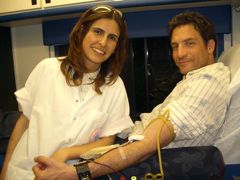 I used to give blood on a regular basis, but stopped at some point many years ago. However, as Scott Kustes points out, there are in fact health benefits associated with donating blood.
I used to give blood on a regular basis, but stopped at some point many years ago. However, as Scott Kustes points out, there are in fact health benefits associated with donating blood.
Definitely time to start again.
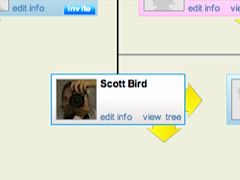 Genealogy meets Web 2.0 -
Genealogy meets Web 2.0 - 